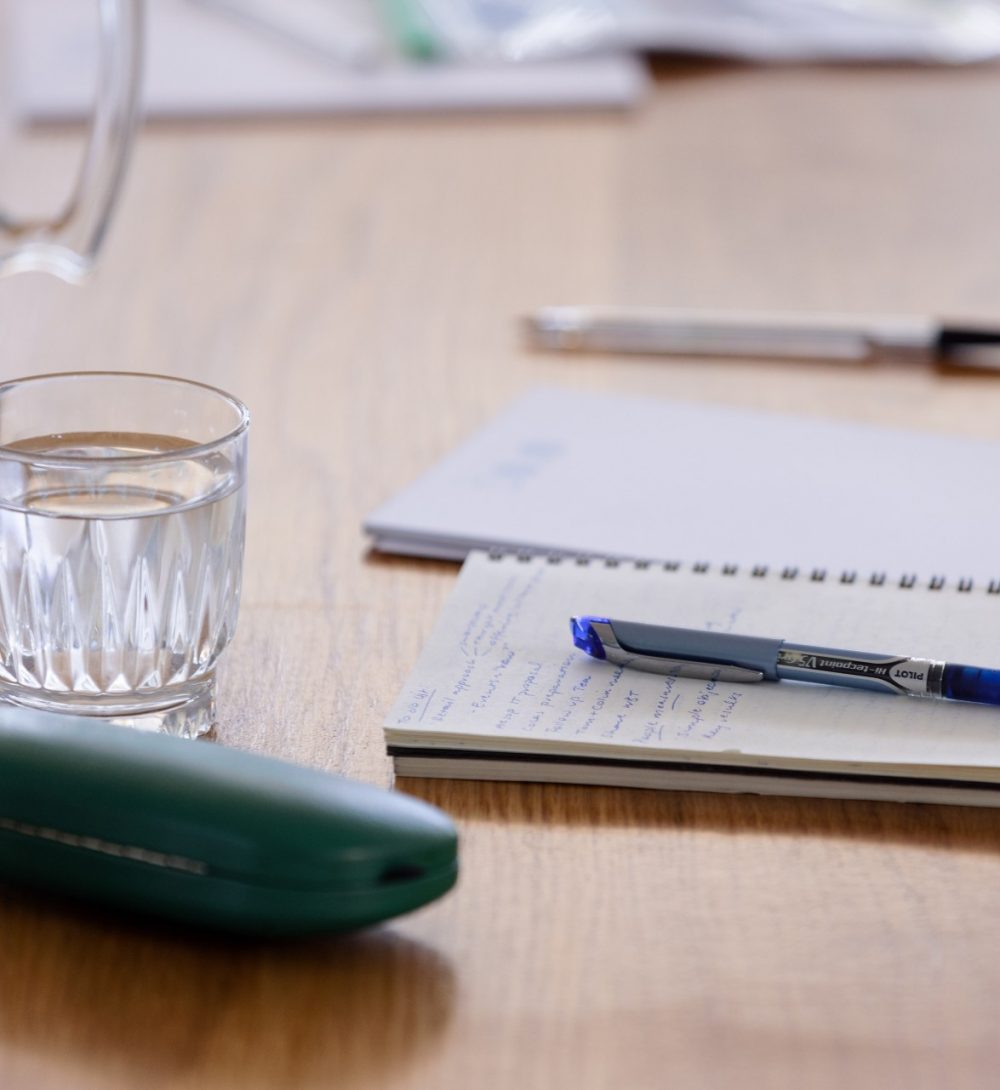
This article explores the impact of internal “ways of working”. It focuses specifically on intangible elements within daily interactions, decision-making, and workflow structures. These elements are essential to business growth and go beyond a solid reporting chain of command.
As we refer to “open working styles”, we provide you with a tool to use as a reflective exercise for teams and leaders. They can use it to assess their current ways of working against future objectives.
Reading time: 2 minutes
What if your internal ways of working were the single largest factor in preventing growth? Not the economy, natural disasters or climate change. Instead, the ability of your workforce to pivot and innovate in the face of these situations. To not just thrive but lead your business to full potential.
To unlock potential, pay attention to how your people work together. Minutia and the detail of the mundane day-to-day matter. How people interact, who and how does your workforce work every day, happy and ready to give their all to a shared goal?
Take time to understand how your people and teams interact within your organisation. It provides you with the key tools that all good leaders need. These tools help change the direction of a business and guide people towards success.
At Q5, we often observe that organisational structure and working culture closely relate. They are the factors that make the difference between good and great.
Read on to be part of this success story.
Designing how a team works or how a whole organisation operates requires significantly more than just a good reporting structure. ‘Ways of working’ is a deceptively easy-sounding catch-all. It describes the less explicit elements that require thought and experimentation, with a strong focus on your desired team dynamic.
The trick to success, is knowing where to look, the questions to ask, and having the tools to decipher the answers. But first, let’s understand what makes a healthy team environment.
An open working style is proven, tried, and tested as the key to success. “Open teams are 60% more likely to achieve more quickly. They are also 80% more likely to report high emotional well-being,” according to Atlassian research.
Atlassian’s report usefully describes an open working style as having:

With this in mind, what are the specific elements that generate positive ways of working?
In today’s world, it is increasingly mission-critical to make positive changes and adapt our way of working. It allows your workforce to thrive and deliver sustainable positive results. However, the first step is knowing where to look. At Q5, we have spent 14 years developing our MetroMap Organisation Design Framework to help meet this end.
In the tool below, you’ll find six key components of our framework that can help you unlock excellence in your teams.

